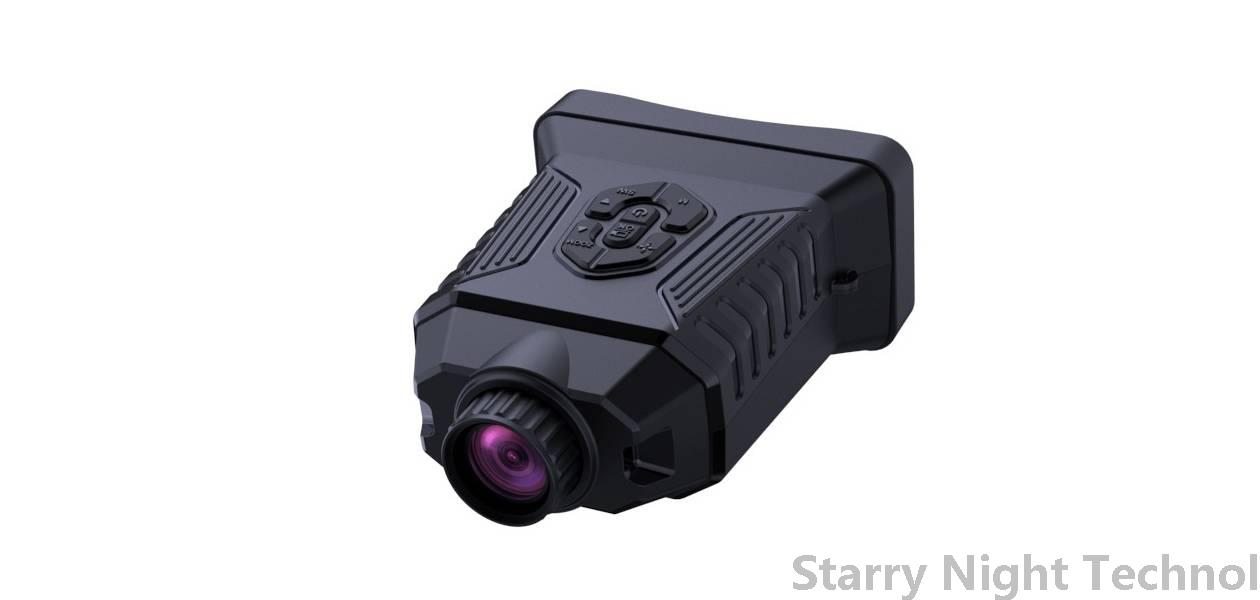The Ward of Unmanned Aircraft: Steward of the Sky
1751162416000

As technology continues its relentless march forward, one area that has particularly captured our imagination—and perhaps given us cause for concern—has been unmanned aircraft systems (UAS), commonly referred to as drones. With a plethora of applications ranging from aerial photography and agriculture to delivery services and military uses, these flying machines are becoming increasingly ubiquitous in both civilian and commercial airspace. However, with their proliferation comes the critical need for regulation and oversight. Thus, the concept of the "Ward of Unmanned Aircraft" emerges, heralding a new era where responsible stewardship of the sky becomes paramount.
#### Understanding Unmanned Aircraft Systems
Unmanned Aircraft Systems consist primarily of three components: the drone itself, ground control stations, and the communication links between them. Drones can vary widely in size, from small quadcopters weighing a few grams to large fixed-wing aircraft capable of carrying significant payloads over vast distances. The versatility of these devices has led to innovations across several sectors.
In agriculture, farmers use drones equipped to monitor crop health through multispectral imaging, assess irrigation needs, and even apply pesticides more efficiently. In urban planning and infrastructure development, drones have transformed surveying and mapping processes, allowing for faster and safer data collection. Additionally, emergency services benefit immensely from UAS capabilities during disaster response scenarios, enabling rapid reconnaissance while minimizing risks to human operatives.
However, as these technological marvels become fixtures in our skies, concerns surrounding safety, privacy, and security grow. Accidents involving drones may lead to catastrophic situations, especially when integrating into already congested airspaces filled with manned aircraft. Moreover, the threat of malicious use raises alarms regarding national security and individual privacy rights.
#### Regulatory Frameworks
The answer to addressing these challenges lies significantly in proactive governance—the establishment of proper regulatory frameworks aimed at ensuring safe, secure, and ethical operation of all unmanned aircraft. Various countries and agencies around the world have begun putting laws and guidelines in place to facilitate this balance.
In the United States, the Federal Aviation Administration (FAA) has adopted a multi-faceted approach. This includes provisions requiring drone operators to register their UAS if they weigh over 0.55 pounds and adhere to specific operational guidelines. These regulations help mitigate collisions in the sky and provide accountability among users. Furthermore, remote identification is now mandated, akin to license plates for cars, offering a means to identify who is operating a particular drone.
Other nations have followed suit, although the specifics can differ wildly depending on local contexts. The European Union’s EASA (European Union Aviation Safety Agency) has established rules focusing on risk assessments based on the permitted operations of drones, thus accommodating the evolving nature of the industry. Consistency in regulatory efforts across borders will be pivotal in fostering international cooperation concerning unmanned air traffic management.
 While legislation provides the backbone for responsible drone usage, embracing advanced technologies is equally crucial. Innovations such as geofencing, which restricts drone access to certain areas (like airports or national landmarks), act as digital barriers preventing unauthorized flights. These systems not only ensure compliance but also safeguard sensitive locations against potential threats.
While legislation provides the backbone for responsible drone usage, embracing advanced technologies is equally crucial. Innovations such as geofencing, which restricts drone access to certain areas (like airports or national landmarks), act as digital barriers preventing unauthorized flights. These systems not only ensure compliance but also safeguard sensitive locations against potential threats.Another technological frontier involves Remote Identification Systems (RID). By utilizing cellular networks or dedicated short-range communications (DSRC), RID facilitates real-time tracking of drones within airspace without inventive interference. This insight enables law enforcement agencies and regulatory officials greater awareness of drone activities, enhancing monitoring efficacy and encouraging adherence to regulations.
Lastly, developing high-tech collision avoidance systems will prove indispensable in securing both public safety and trust in unmanned systems. Algorithms designed to interpret environmental data can offer drones an “awareness” of the spaces they occupy, preventing accidents before they occur. Such enhancements stand to significantly lower liability risks for operators while promoting wider adoption of drone technology.
#### Ethical Considerations
In discussions about the stewardship of unmanned aircraft, ethical considerations loom large. As drones are deployed for various purposes, including surveillance, it raises pressing questions pertaining to personal privacy and consent. Striking a balance between innovation and ethical use calls for stakeholder dialogue—a conversation grounded in respect for civil liberties. Engaging communities in discourse regarding permissible drone operations fosters transparency, engenders public trust, and improves understanding of intended benefits versus perceived intrusions.
Moreover, examining the implications of military drones necessitates reflection upon moral obligations. Autonomous warfare presents an unsettling dynamic where precision-driven technology might dehumanize conflict, raising essential inquiries about accountability in strikes on distant targets—issues needing thorough exploration.
#### Conclusion
The ascent of unmanned aircraft marks a significant milestone in the continuity of aviation. While promising countless advantages, both opportunities and challenges abound. Effective stewardship resides at the intersection of legislative foresight, technological advancement, and ethical responsibility. Only by embracing engagement with stakeholders—from regulators and developers to the dutiful citizens affected by drone use—can we address the multifaceted dimensions inherent in navigating this brave new sky.
To advocate for the harmonious cohabitation of manned and unmanned flight amidst modern society, the concept of the "Ward of Unmanned Aircraft" takes root—signifying the collective stewardship imperative in sustaining a future unencumbered by strife, ensuring the skies remain a shared domain for all.
Night vision device cleaning productsStarry Night Technol

